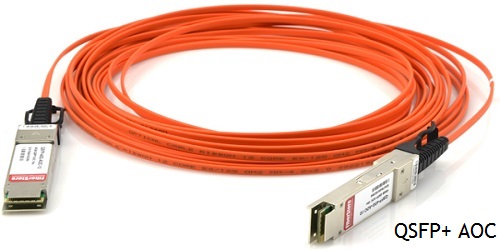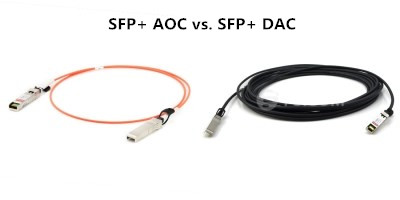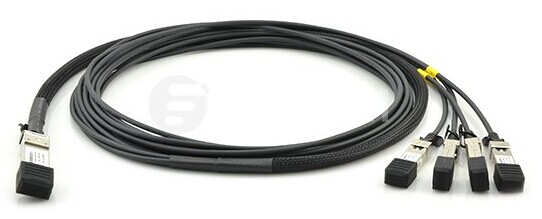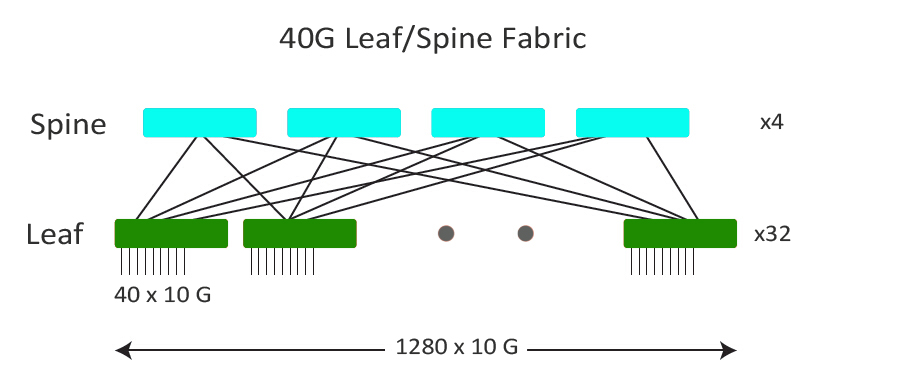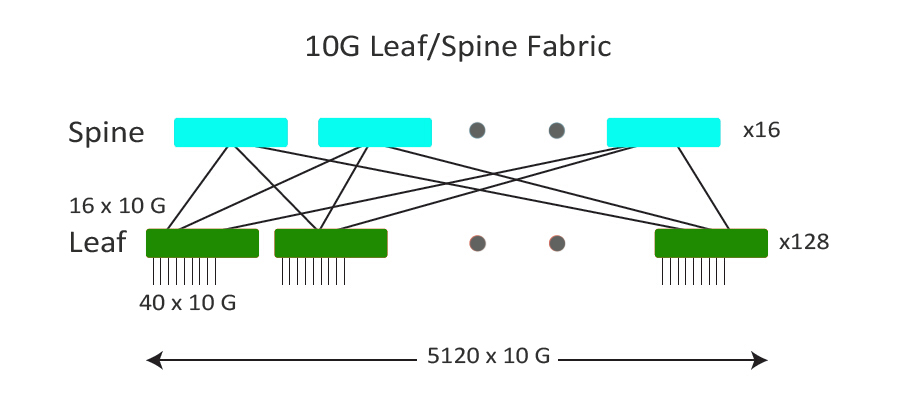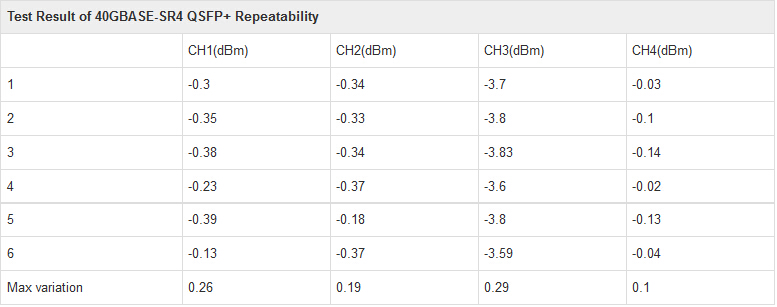Direct attach cables are gaining more and more popularity among data center operators, for they use the same port as optical transceivers but with significant cost savings and power savings in short reach applications. These cable assemblies are mainly utilized to support high transmission rates between servers, switches and storage devices in data centers. This article will focus on the types and usage of direct attach cable assemblies for data center interconnection.
According to the transceiver-style terminated on the end of the direct attach cables assemblies, they have these categories: SFP+ cable, SFP28 cable, QSFP+ cable, QSFP28 cable, etc. Using the same port as transceiver optics, direct attach cables can support Ethernet, Infiniband and Fibre Channel but with independent protocols. In general, direct attach cable assemblies are divided into three families—direct attach passive copper cable, direct attach active copper cable and active optical cable (AOC).
- Passive Direct Attach Copper Cable Passive direct attach copper cables are without active circuitry component. They can achieve interconnections up to 7m at 10 Gbps or 40 Gbps with low power. Direct attach passive copper cable assemblies offer high-speed connectivity between equipment. They are compatible with hubs, switches, routers, servers, and network interface cards (NICs) from leading electronics manufacturers like Cisco, Juniper, etc.
- Active Direct Attach Copper Cable Active copper cables are designed in the same cable type as the passive one, but they contain low power circuitry in the connector to boost the signal and are driven from the port without additional power requirements. The active version provides a low cost alternative to optical transceivers, and are generally used for end of row or middle of row data center architectures for interconnect distances of up to 15 meters.
- Active Optical Cable Active optical cable (AOC) incorporates active electrical and optical components. It can achieve longer distance than the copper assemblies. In general, active optical cable can reach more than 100m via multimode fiber. Compared to direct attach copper cable, AOC (eg. Cisco SFP-10G-AOC10M) weighs less and can support longer transmission distance. It is immune to electromagnetic energy since the optical fiber is dielectric (not able to conduct electric current). And it is an alternative to optical transceivers and it can eliminate the separable interface between transceiver module and optical cable. However, it costs more than copper cable.
In addition, with the fan-out technology, both direct attach copper cable and active optical cable can be designed as breakout direct attach cable assemblies, like 40G QSFP+ to 4x10G SFP+ AOC, which can better satisfy the demands on network migration.
Direct attach cable assemblies are ideal choices for short-reach direct connection applications. Generally, they are used in the EDA (Equipment Distribution Area) where cabinets and racks house end equipment (servers) and where horizontal cabling from the HDA (Horizontal Distribution Area) are terminated at patch panels.

For interconnection in racks and between rows of racks, direct attach cable assemblies are used to connect server to switch, storage to switch or switch to switch. Depending on different interconnect applications and distance requirements, direct attach copper cables, passive or active, active optical cable, or breakout direct attach cable assemblies with various length options can be used.
Different types of DAC assemblies have different applications. For example, the 10G SFP+ DACs are commonly used in interconnect applications below 15m, such as server to switch or storage to switch interconnection in the same rack. And now 25GbE is popular and 25G direct attach cable assemblies, such as SFP28 DACs, are already available in the market. For 40GbE, 40G QSFP+ DACs and AOCs are used. Of course, higher speed and more bandwidth are needed for spine switches. Thus, 100G DACs, like QSFP28 DACs are used in this case.











